I have an action that does 2 things, first it will change the application state and second it makes a call out to a webservice. When the webservice sends it's response, it will affect the current application state.
Lets say I have the above setup. Method1() calls the webservice and causes the state to change from A to B. After the Method1() call up to the Finish() call, the status can change from B to C, B to Success, etc..
If B changes to Success, it could also then change from Success to C.
How would I tie in the Success and Fail states when the state can be set at any point after the Method1() action?
